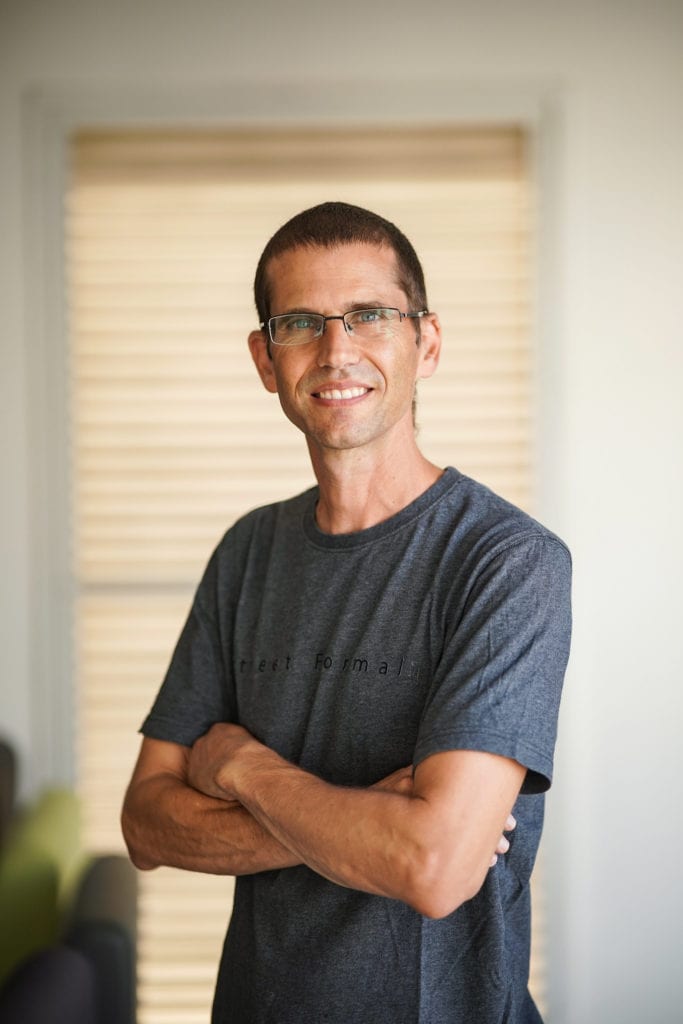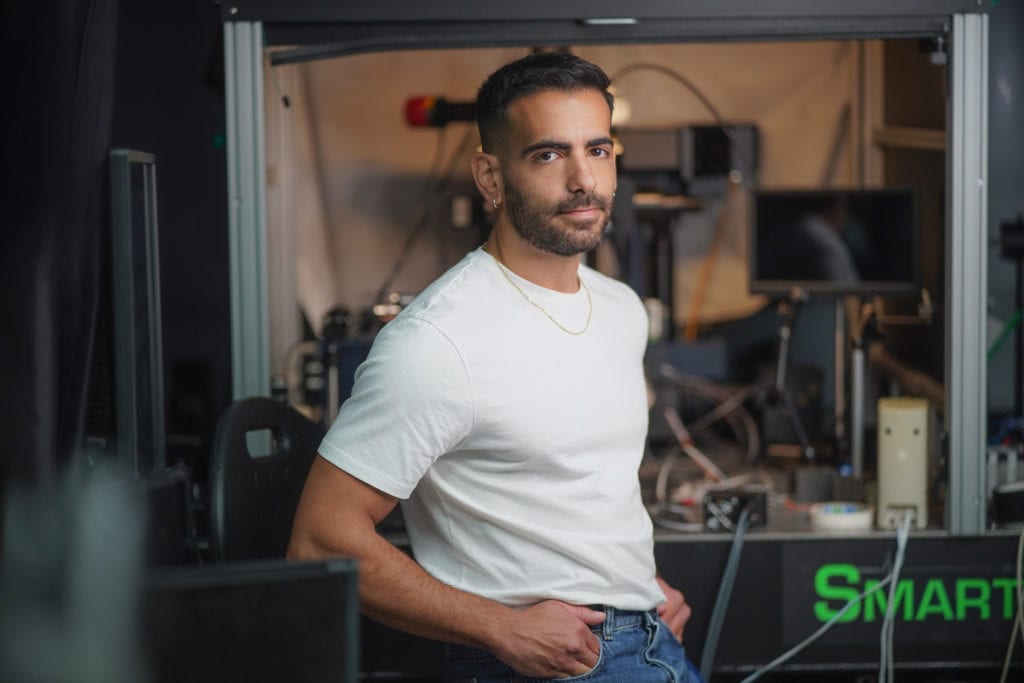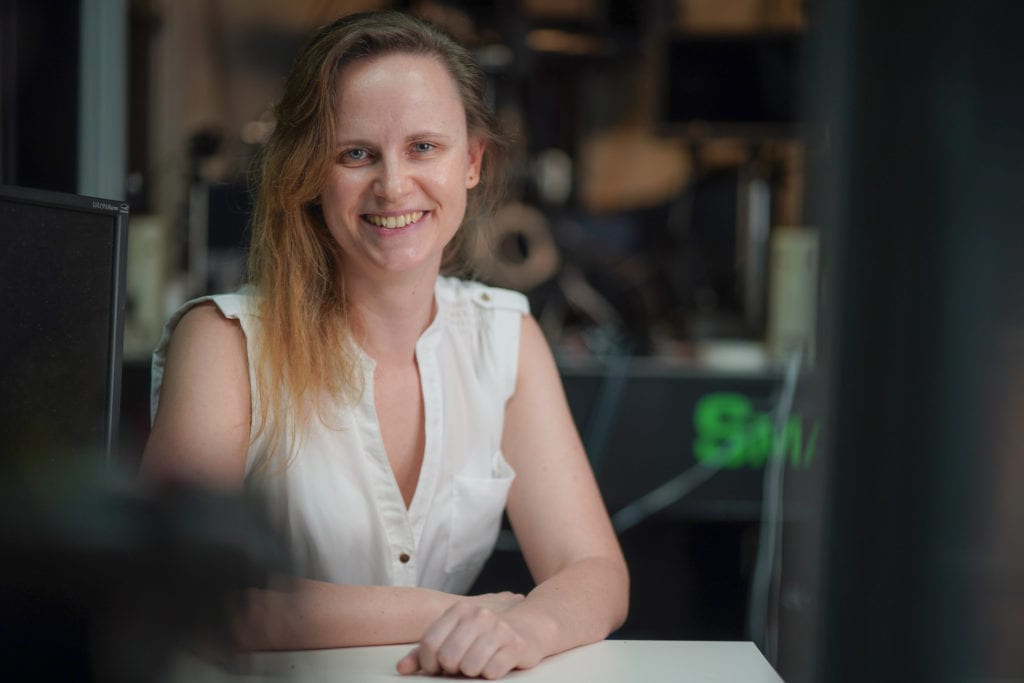
Haifa Research on Movement Could Lead to Future Treatment of Brain Diseases
Except for corals that stay in one place under the sea and plants and trees on earth, survival depends on the ability to move. Whether it be to acquire food, eat, take care of our offspring or protect ourselves, the coordinated movements we make every day require subconscious adjustments and adaptation to changes in the environment or our bodies.

Monitoring outcome is critical for acquiring skilled movements. Levy et al. describe activity in subpopulations of layer 2–3 motor cortex pyramidal neurons that distinctly report outcomes of previous successes and failures independent of kinematics and reward. These signals may serve as reinforcement learning processes involved in maintaining or learning skilled movements.
The brain must learn from previous movements and use that information to correct current and future movements. But little is known about how neurons in the motor cortex – the part of the brain that directs skilled movement – process and apply experience to achieve coordinated and essential skilled movement.

Prof. Jackie Schiller (Photo courtesy Technion)

Prof. Omri Barak (Photo courtesy Technion)
A team led by Prof. Jackie Schiller of the Rappaport Faculty of Medicine at the Technion-Israel Institute of Technology in Haifa has uncovered surprising ways that the brain learns and adapts skilled movement. The findings hold promise for future treatments of brain diseases.
The study, published recently in the journal Neuron, involves research questions that include whether the neurons (nerve cells) register the reward (food), the movement, or both and how the neurons track positive or negative task outcomes not connected to actual reward or movement. The study also uncovers new information on the cell-type-specific organization in this part of the brain and its use for motor control and learning skilled movements.
The researchers used a dexterity task in mice – reaching and grasping for food – and monitored what was happening in the mouse’s primary motor cortex (M1) where motor plans are being learned and controlled.

Professor Ronen Talmon (Photo courtesy Technion)
The experimental techniques used were versatile and included biological and computational methods that included imaging, genetic, behavioral, and advanced computational tools. Schiller worked with colleague Omri Barak and students Shahar Levy and Maria Lavzin, together with Profs. Ronen Talmon and Ron Meir and postdoctoral student Hadas Benisty from the Viterbi Faculty of Electrical Engineering at the Technion. The Haifa

Shahar Levy (Photo courtesy Technion)
team also collaborated with Dr. Adam Hantman of the Howard Hughes Medical Institute, where Schiller and her student Lavzin spent a sabbatical year and conceived the project.
“In the future, we would like to find out, for example, which brain pathways are involved in activating these cells and how these signals can be used, in combination with machine-brain interfaces, to improve movement in patients, such as those suffering from Parkinson’s disease,” concluded Schiller.

Dr. Hadas Benisty (Photo courtesy Technion)

Maria Lavzin (Photo courtesy Technion)
Israel in the News